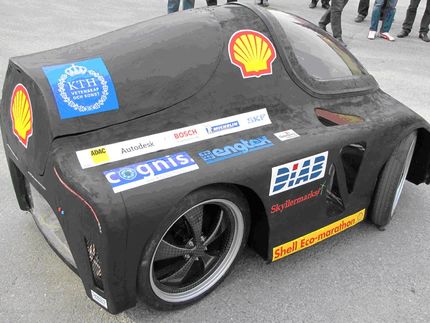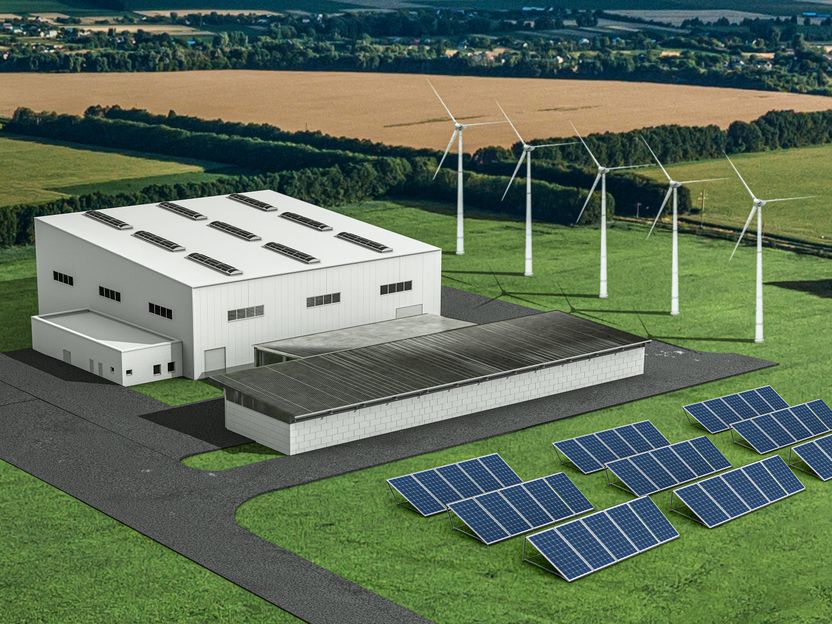LANXESS: Strategic Positioning Paying Off
‘Challenge09-12’ global measures partly put on hold
LANXESS achieved significantly better-than-expected results in the second quarter of 2010 due to its strategic positioning in the emerging markets. As a result, the specialty chemicals company has raised its earnings forecast for the business year 2010. It now expects EBITDA pre exceptionals of roughly EUR 800 million for the full year after previously forecasting EUR 650-700 million in May 2010.
LANXESS more than doubled EBITDA pre exceptionals year-on-year to EUR 269 million in the second quarter. Earnings were primarily driven by ongoing strong demand for synthetic rubber in Asia and notably Latin America. EBITDA margin pre exceptionals - another key performance indicator - rose to 14.7 percent from 9.0 percent a year ago. The average capacity utilization rate of the company’s plants stood at more than 85 percent in the second quarter.
“The strong results clearly underline that LANXESS is benefiting from its strategy to focus on premium products serving mega-trends such as mobility in the emerging markets,” said Axel C. Heitmann, Chairman of the Board of Management of LANXESS AG.
LANXESS’ top ten sales products in the second quarter were from the company’s synthetic rubber and high-tech plastic business units, which mainly serve the tire and automotive industries.
Sales increased 48 percent year-on-year to EUR 1.83 billion due to higher volumes in key customer industries and positive currency effects in the form of a weaker Euro against the US-Dollar and Brazilian Real. Higher raw material costs were fully passed on to customers through product price increases. The company posted a net profit of EUR 131 million in the second quarter in comparison to EUR 17 million a year earlier.
Net debt at the end of the second quarter 2010 rose to EUR 955 million from EUR 794 million from the end of 2009 due to dividend payments and an increase in net working capital. This increase was in line with stronger business activity in general. Operating cash flow before changes in working capital rose to EUR 203 million from EUR 71 million a year earlier.
Performance by region
Latin America recorded the strongest year-on-year growth in the second quarter, with sales more than doubling to EUR 245 million. This was driven primarily by the strong performance of the Performance Butadiene Rubbers business unit in Brazil. The region represented 13 percent of group sales.
Sales in Asia-Pacific rose 36 percent year-on-year to EUR 414 million and represented 23 percent of group sales. All segments showed strong growth in the second quarter.
EMEA (Europe, Middle East, Africa, excluding Germany) remained the largest sales region in the second quarter, with 29 percent of group sales. The region increased top-line growth by 37 percent to EUR 531 million, driven by the Performance Polymers and Performance Chemicals segments. Sales in Germany rose 27 percent to EUR 325 million in the second quarter, representing 18 percent of group sales.
In North America, sales grew by 68 percent to EUR 313 million and represented 17 percent of group sales. The Butyl Rubber and Performance Butadiene Rubbers business units were the strongest contributors here.
The BRIC countries (Brazil, Russia, India, and China) represented 23 percent of group sales in the second quarter, in comparison to 21 percent and 18 percent in the corresponding quarters in 2009 and 2008.
‘Challenge09-12’
Due to the company’s positive business development, LANXESS will partly put on hold its ‘Challenge09-12’ package of global measures, which were introduced to mitigate the effects of the economic crisis.
More than 6,000 German non-managerial employees will once again receive the full amount of their Christmas allowance, to be paid out in November 2010. In addition, it was agreed with employee representatives and the IG BCE (the German Mining, Chemical and Energy Industry Union) to return the majority of non-managerial employees in Germany to a full-working week as of January 1, 2011, and make a one-off payment in April 2011.
The reductions in the variable salary of the managerial employees, as well as the Board of Management, will not be fully enforced.
“I would like to personally thank our global team for their tremendous efforts. Thanks to our united approach we were able to avoid enforced redundancies and have emerged strengthened from the crisis,” said Heitmann. “Now it’s time to revoke the financial cutbacks that were implemented.”
Nevertheless, LANXESS will not completely abandon its flexible cost structures. Tough trading conditions still exist in several of the business units and countries.
Outlook
“The global economy continues on its path to recovery, with the emerging markets leading the way,” said Heitmann. ”Assuming this recovery will continue, we expect to achieve EBITDA pre exceptionals of roughly EUR 800 million for 2010, thus exceeding our strong 2008 result.”
Heitmann added that the trading environment in the current third quarter to the end of September 2010 remains positive and the company does not expect a pronounced summer lull.
Nevertheless, the potential for setbacks remains in the form of rising raw material prices, a volatile Euro currency, the end of government-backed stimulus packages and the consolidation of national budgets.
In addition to its raised earnings forecast, LANXESS has also lifted its capital expenditure guidance for 2010 to EUR 450-470 million from EUR 400-430 million in order to reflect the current number of investments being made by the company in the emerging markets.



























































